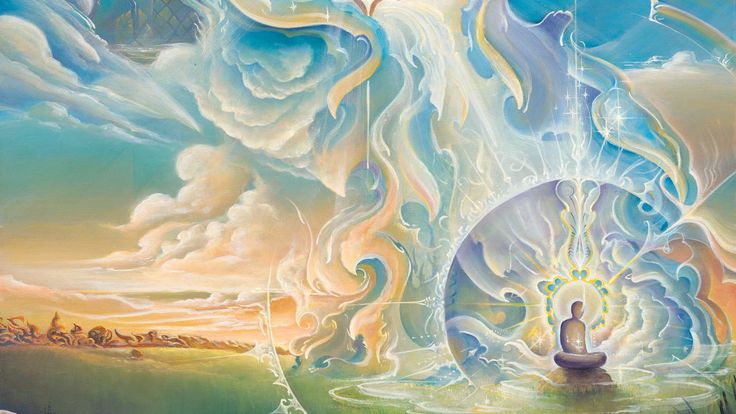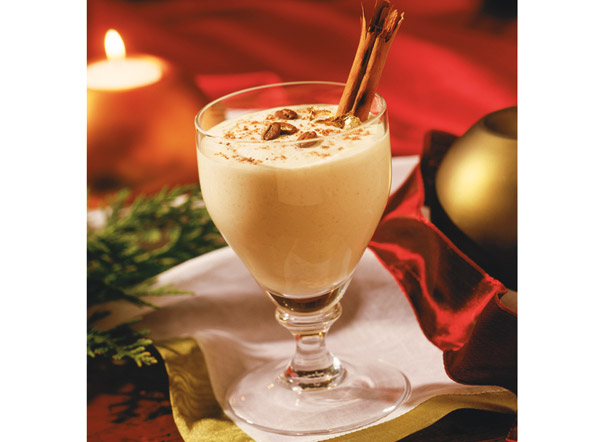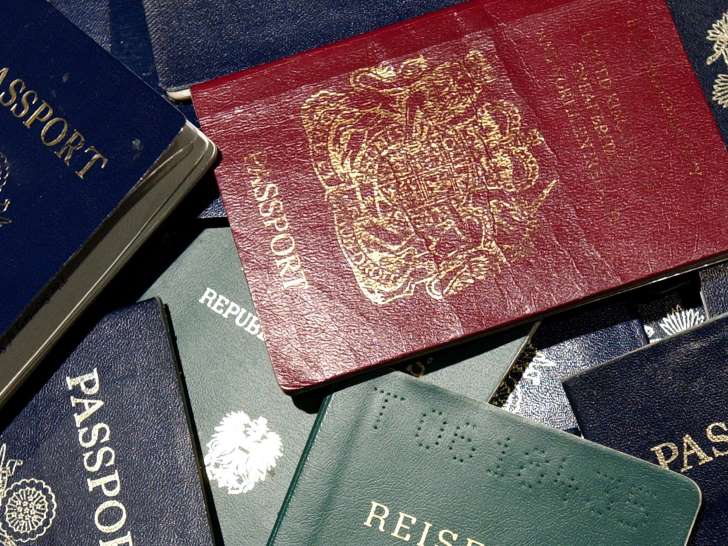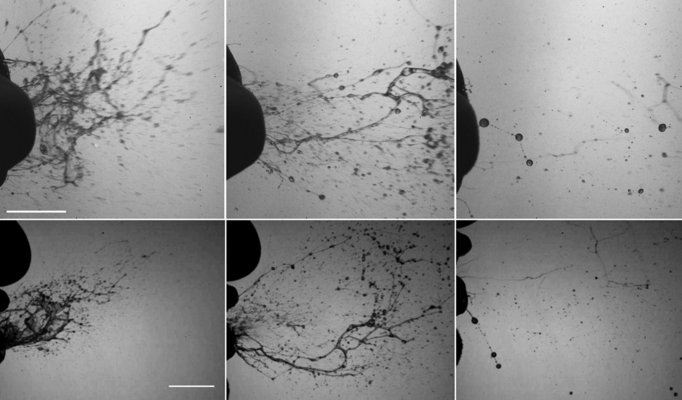
– Dr Satish K Kapoor
“Fertilisation of the soul is the reason for the necessity of art.”
Alfred North Whitehead, Science and the Modern World, 1925
“Art is essentially the affirmation,the blessing and the deification of existence.”
Nietzsche, The Will to Power,1888
Art is Expression Divine which can be seen and felt in existence. Divine words pour out spontaneously, and become scripture. Sacred chants reflect music of the spheres. Dance-forms mirror the rhythm of nature. Drama-styles imitate play of the Supreme Being. Architecture, sculpture, painting or drawings of lasting value, are created in inspired moments.
The universe is a dance of energy, which expresses itself in different ways, rotating on the axis of an incomprehensible Supreme Being . Man inherits the faculty of creativity from the Supreme creator and can reach Him by employing the medium of art. Creativity in sound is music; in movement, dance; in gestures and articulation, drama; in words, literature.
The eye of intuition is the mind of intellect. When the inner eye blinks, it causes vibration in the sphere of the mind, and brings eternity to work through the brain for interpreting the message. Higher forms of art stem not from conscious effort, but from empowered ability.
Creativity springs from the thousand-petalled lotus at the crown of the head (Sahasrara Chakra); it gets evolved at the mental plane, the Ajna Cakra , takes seat in the region of the heart, the Anahata Chakra ; and is worked out by karmendriya- organs of human action, on the canvas of matter .
Occultists believe that the subtler world of a person which carries astral matter, catches vibrations from etheric matter- the energy principle of life – and is converted into mental matter. Signals received by the bioplasmic body pass through the medium of mental body (manomaya kosha), to the self within. The synergy between outer man and inner man helps to explode creative atoms in humans.
Devotion is a great force – it inspires confidence, vivifies mental vision and sets into motion psychic power, as can be seen in the life of mystics. As devotion deepens, it inhibits limited perception, and makes one see the adorable object in a different light. The many forms and facets of Hindu deities epitomizing the Supreme Being, reflect the vision of artists, who gave different forms to the sound-body (mantramaya deham) of cosmic forces, working on different planes of existence. When a sculptor can visualize, through his mind’s eye, a figure in stone, a poet find syllables in sound, a story-teller catch fables from air, a musician envision rhythm in rustling of leaves or in cascading waters, or a dancer can feel the dancing steps of Shiva, one can be sure that he is in unison with ‘nature’s finer forces’. Greater the devotion to Supreme Being, higher the level of consciousness; loftier the consciousness, greater the creative faculty; more spirited the faculty, livelier the creation.
Art is an interlude between timelessness and time – a journey from infinity or zero (shunya) to the One, and from One to many. This is clear from the concept of chatuh shashti kala- sixty-four arts. Numerologically, the combination of six and four make one. From One, the Supreme, flows everything. Says the Atharvaveda (X.8.32) : devasya pashya kavyam na mamara na jiryati – ‘Look at the Lord’s art that never dies nor decays’
The reason why art keeps evolving is that cosmic vibrations in sonoriferous ether, called akasha tattva, permeate both universe and man in different hues and forms. When art appeals to the senses it has both prithvi tattva and tejas tattva, the primal elements signifying stability and luminosity; when it elevates, it has, in addition, psychic or spiritual substance, and; when it fulfils, it has both ethereal and earthly aspects –thought and imagination, instinct and intelligence, meaning and purpose, beauty and bliss. If music is vibration of cosmic energy, dance is vibration with flair, drama, the play of vibrations, and literature, rhythm in words that speak.
The Chant is fundamental to Vedic rituals aimed at invoking divinity.When the notes of a raga are set ablaze, the mind experiences joy, and attains a higher level of consciousness. Blowing a conch shell, sounding of bells (ghanta nada)and use of other musical instruments in worship rituals, are meant to invoke the sound-form of deities by means of sound. Hindus sing aloud the Name Divine so that the five fundamental elements of the physical universe – earth, water, fire, air and space- as also subhuman existence comprising of plants, animals, birds and insects can resonate with holy vibrations. Art is divine indeed.
Dr Satish K Kapoor, a former British Council Scholar, is a noted educationist, religion writer and meditation teacher. His latest book, Hinduism : The Faith Eternal has been published by Advaita Ashrama, Kolkata.


 South Asian News E-Paper
South Asian News E-Paper Punjabi News E-Paper
Punjabi News E-Paper

















